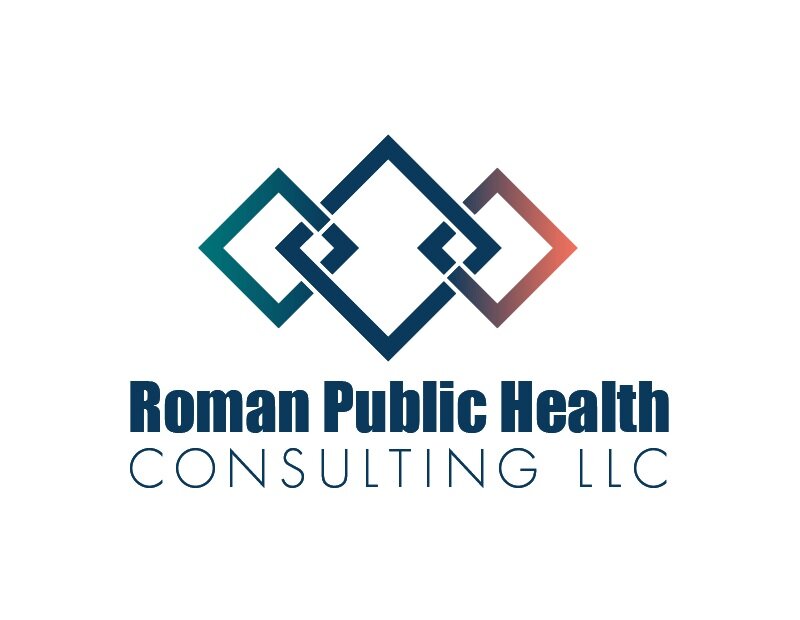Hot Off The Press: Ensuring Public Health Course Quality Across Multiple Formats
I’m starting a new feature here on the blog called “Hot Off The Press”, where I share emerging research, publications, standards (etc.) that are relevant to making awesome public health courses.
This month I’m highlighting a new article from the journal Pedagogy in Health Promotion called “Maintaining Course Quality and Integrity Across Multiple Modalities” (Kulak & Forder, 2023).
This article quickly caught my eye for several reasons:
A common problem that I solve for clients is how best to design an online version of a course or training that maintains its high quality and learner benefits.
Authorship in this article shows the value of collaboration between public health faculty and instructional designers (wahoo!)
The thought exercise presented is immediately accessible to public health faculty (or others creating courses for the public health workforce) to self-evaluate and plan how their course quality can stay consistent and meet appropriate standards across different modalities.
Here are some of my key takeaways and reflections:
(1) The emergency remote teaching that happened during the COVID-19 pandemic is not the same as strategic, high quality online teaching and learning.
When everything got thrown onto Zoom, I think online learning got a bad reputation. However, when it’s done well (and faculty have appropriate time and resources for design), it can be just as good or better than in-person learning.
(2) Equivalency is what matters!
There are differences between online and in-person learning environments and distance education must feature appropriate instruction, activities, and tools that provide equivalent experiences to those designed for in-person classes.
This is something that I emphasize to my clients when they express worry about me changing their in-person design for a virtual setting. It’s important to remember that it may not all look the same in virtual, and that’s okay! What’s important is that the learning experience and outcomes are similar in the end.
(3) With a little creativity, we can adapt all kinds of class events for different learning modalities.
The authors include a great table in the article that reviews different strategies for implementing all kinds of class events (e.g., lectures, debates, exams, skill performance, etc.) for in-person vs. asynchronous online vs. synchronous online.
So your class debate may look different in your in-person vs. asynchronous class, but you can still integrate that learning activity and students can still have equivalent active engagement and learning benefits.
I highly recommend this article for public health faculty (especially if you teach in multiple modalities) and also for instructional designers working in higher education.
I’d love to hear from you!
Please share your thoughts on the article, my takeaways, and how you might apply the thought exercise or key takeaways in your own work.
Please share any new “Hot Off The Press” articles that you’re reading and why they’re important to your work.

